As the days get shorter and the chill sets in, is your garage truly ready for the harsh winter ahead? More than just a place to park your car, it’s a sanctuary for your valuables and a versatile space for projects. Winterizing your garage now not only protects your investment but also gives you complete peace of mind all season long.
Why Is It So Important to Winterize Your Garage?
Winterizing your garage isn't just about comfort—it's about protecting your investment and belongings from damaging cold and moisture. A properly sealed and insulated garage can effectively prevent these common winter problems:
- Freezing and Freeze Damage: Prevent frozen pipes, solidified liquids, and damage to tools and electronics from extreme temperatures.
- Moisture and Mold: Keep out melted snow and ice, which can lead to moisture buildup, mold growth, and long-term structural damage.
- High Energy Bills: A drafty garage can act as a "cold sink" for your home, driving up your heating costs significantly.
- Pest Infestations: Cold weather forces rodents and other pests to seek warm shelter, making an unsealed garage an easy entry point.
Step 1: Get the Basics Right: Insulation & Sealing
Insulation is the cornerstone of a winter-ready garage. It helps keep the temperature stable and drives down energy costs. For this first step, we'll focus on the garage’s “outer shell” and main entry points.
Garage Door Insulation & Weatherproofing
Your garage door is a major source of heat loss. You can either install an insulation kit—which often comes with pre-cut foam panels—or, for a more permanent fix, replace it with a new insulated door. While you’re at it, inspect the weatherstripping. If you notice any wear or damage, replace it to seal gaps between the door, the floor, and the frame, and keep the cold air out.
Wall, Window & Gap Sealing
Even after your garage door is sealed, cold air can still sneak in through gaps around your walls and windows. Here's how to stop it:
- Caulk & Seal: Use caulk or insulating foam sealant to fill any cracks around windows, doors, and along the foundation.
- Weather-Strip Windows: Install weatherstripping around windows to block drafts.
- Seal Outlets & Switches: Use foam gaskets behind electrical outlets and switch plates to prevent cold air from entering through these small openings.
Step 2: Protect Your Floor & Optimize Your Space
One of the biggest winter headaches is a slippery, damaged garage floor. Snow, ice, and road salt can corrode concrete, leading to costly long-term damage.
Floor Protection: Coatings vs. Mats
- Mats: An affordable and easy-to-install solution, a good mat will effectively prevent melted snow, ice, and corrosive road salt from directly contacting your floor. WELKIN's garage mats are designed for this exact problem—you can find them on our product page to learn more.
- Epoxy/Polyaspartic Coatings: For a more professional and durable solution, these coatings create a tough, waterproof, and chemical-resistant surface. They are an excellent long-term investment for protecting your garage floor.
Smart Storage & Space Management
A tidy, organized garage makes winter life so much easier. Cluttered floors not only waste space, but also increase the risk of your items getting damp or damaged.
- Maximize Vertical Space: Use slatted wall panels to hang tools and equipment, keeping the floor clear.
- Go Elevated: Use overhead storage racks for large, seasonal items like snow blowers, freeing up valuable floor space.
- Protect Sensitive Items: Store temperature-sensitive items like paint and electronics in insulated cabinets to protect them from the cold.
Step 3: Get Your Vehicle & Gear Winter-Ready
Once the exterior work is done, don't forget about the most important items inside your garage: your vehicles and tools.
- Vehicle Check-Up: Check your car's battery and fluid levels. Cold weather can significantly impact battery performance, so if your vehicle will be sitting for a while, consider using a trickle charger.
- Tool Maintenance: Thoroughly clean and lubricate tools before storing them for the season to prevent rust.
- Wall-Mount Winter Gear: Install a wall-mounted system to hang winter tools like snow shovels and ice scrapers for easy access.
Your Final Winter Checklist
Before winter arrives, use this quick checklist to make sure you've covered all the essentials:
- Insulate your walls and garage door.
- Seal all gaps around your windows, doors, and foundation.
- Install a heating system if needed.
- Lay down a durable floor mat or coating.
- Optimize your storage space by keeping items off the floor.
- Prepare your vehicle and tools for the cold.
Winterizing your garage is a worthwhile investment. It not only protects your property and boosts your garage's functionality, but also gives you a sense of security during the coldest months. So, take action now and build a sturdy barrier against the cold for your garage!
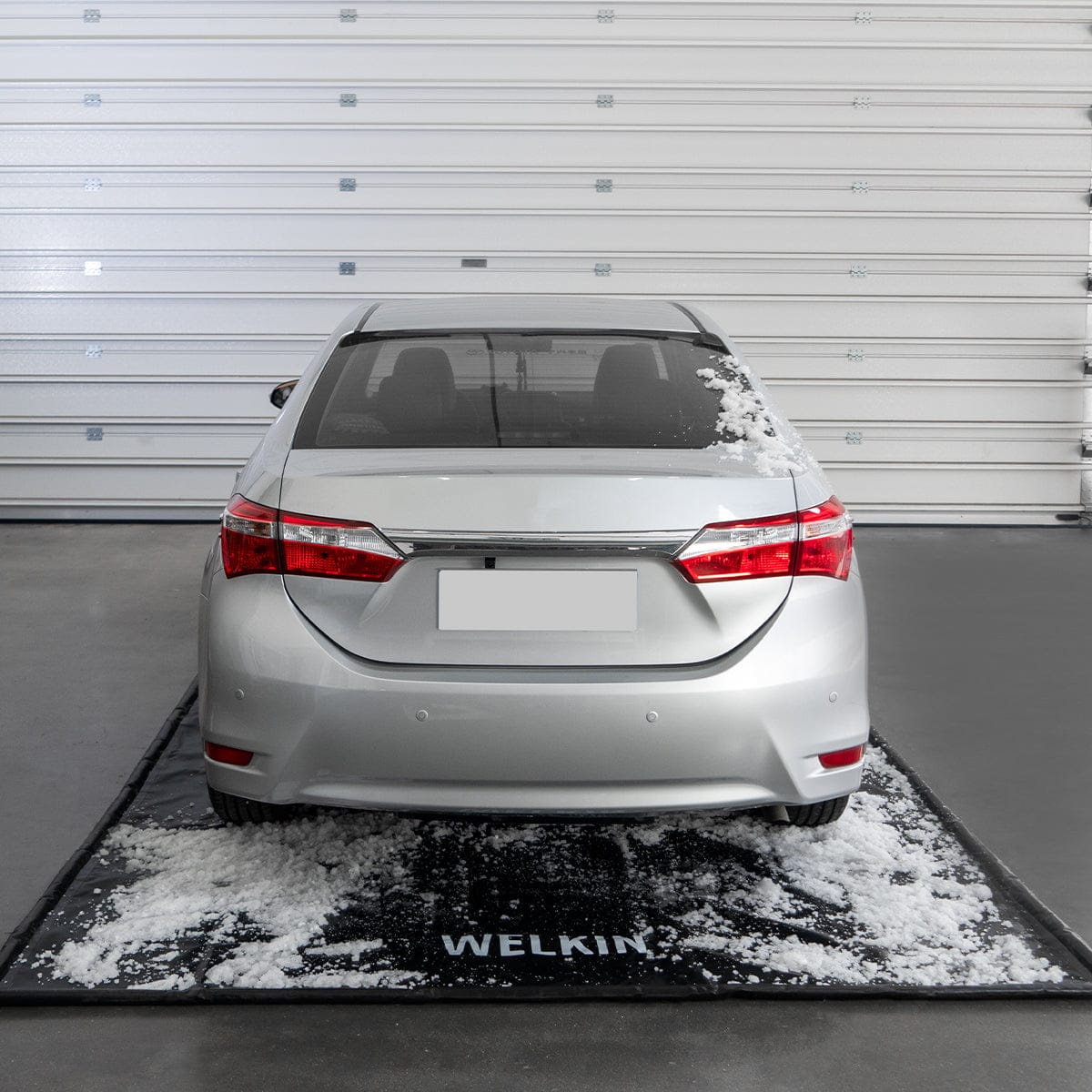

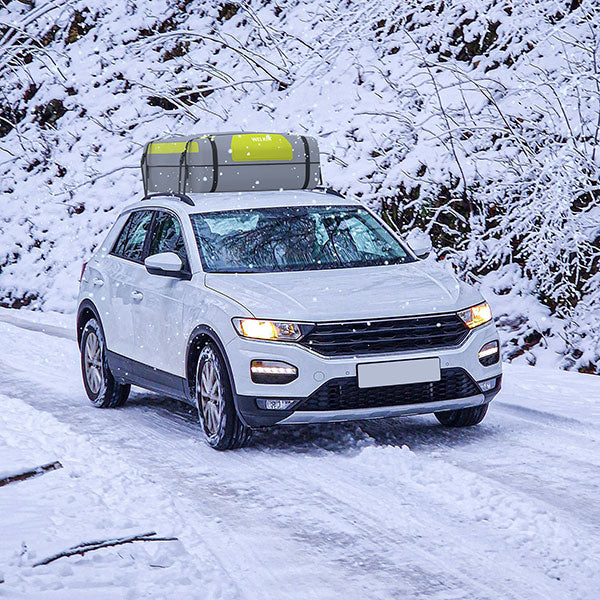
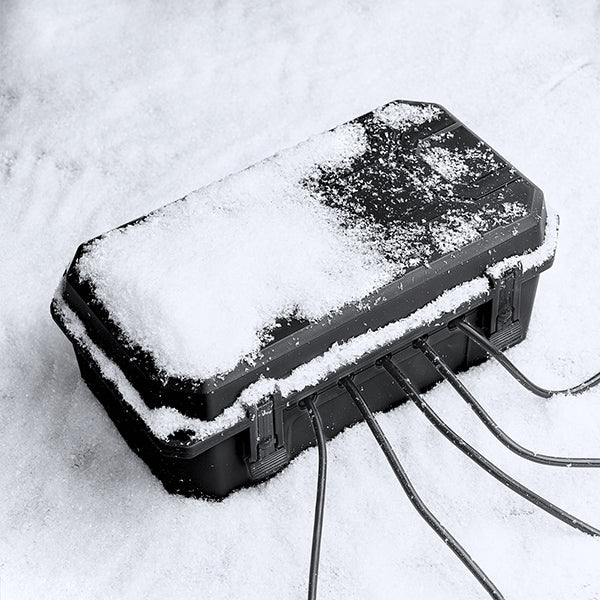
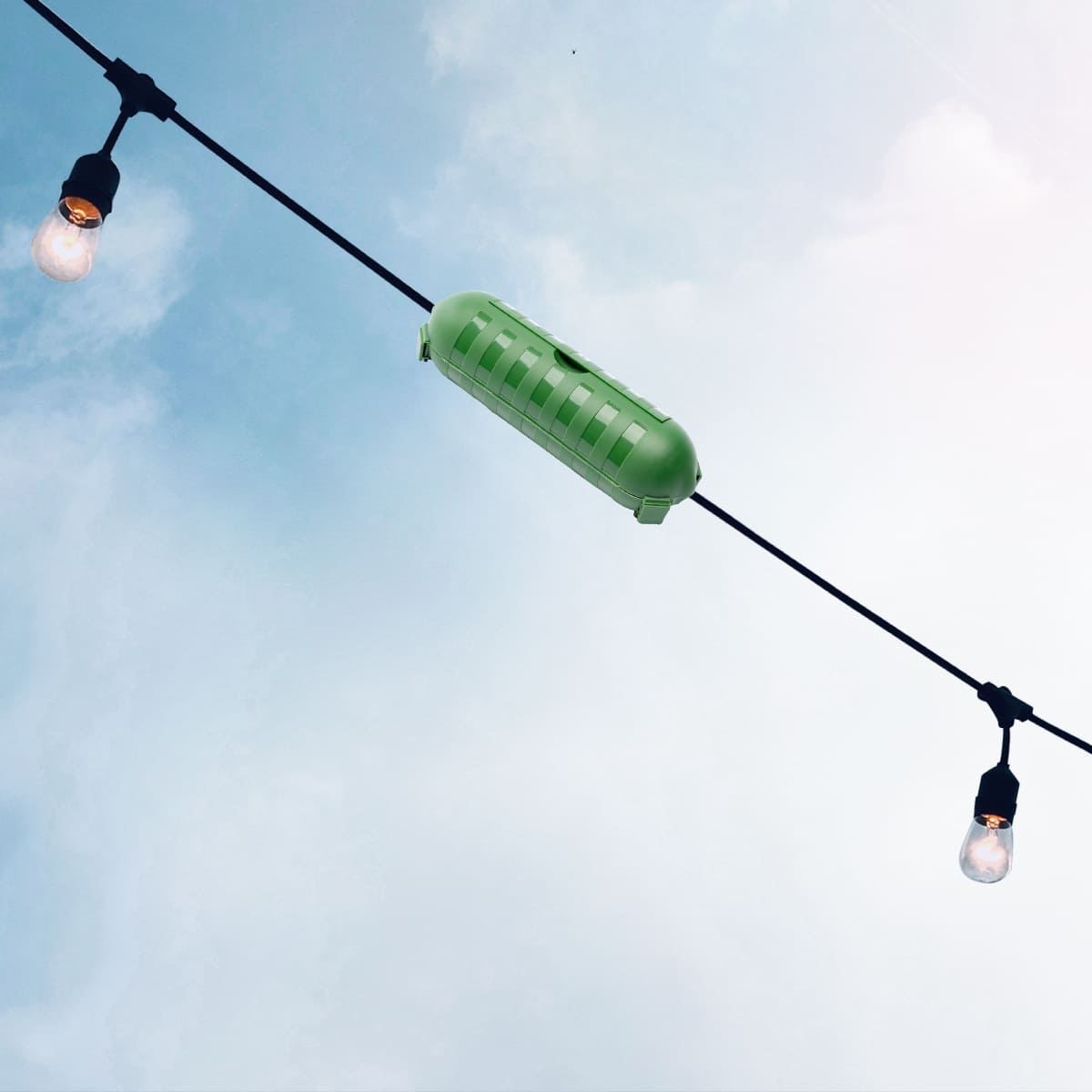
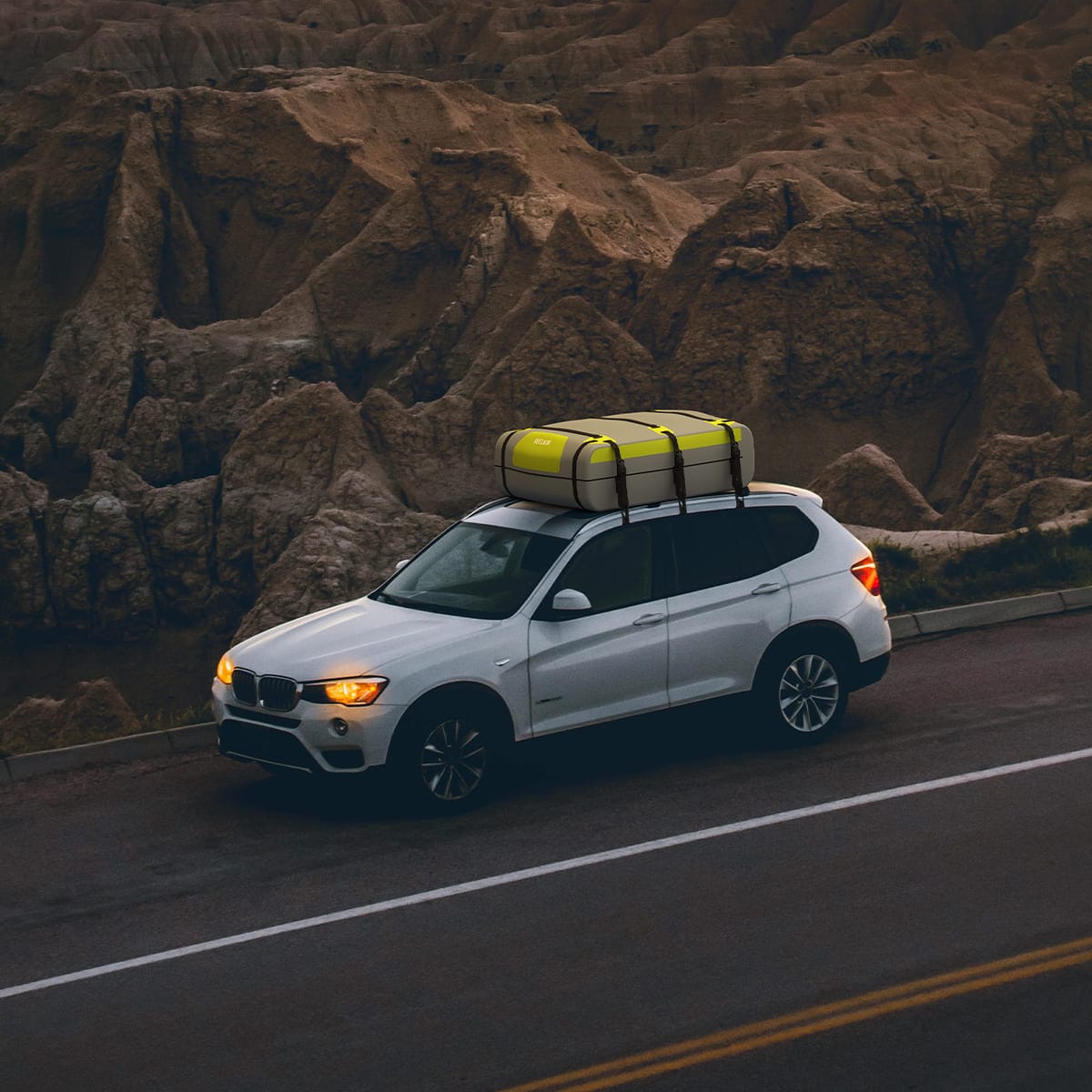
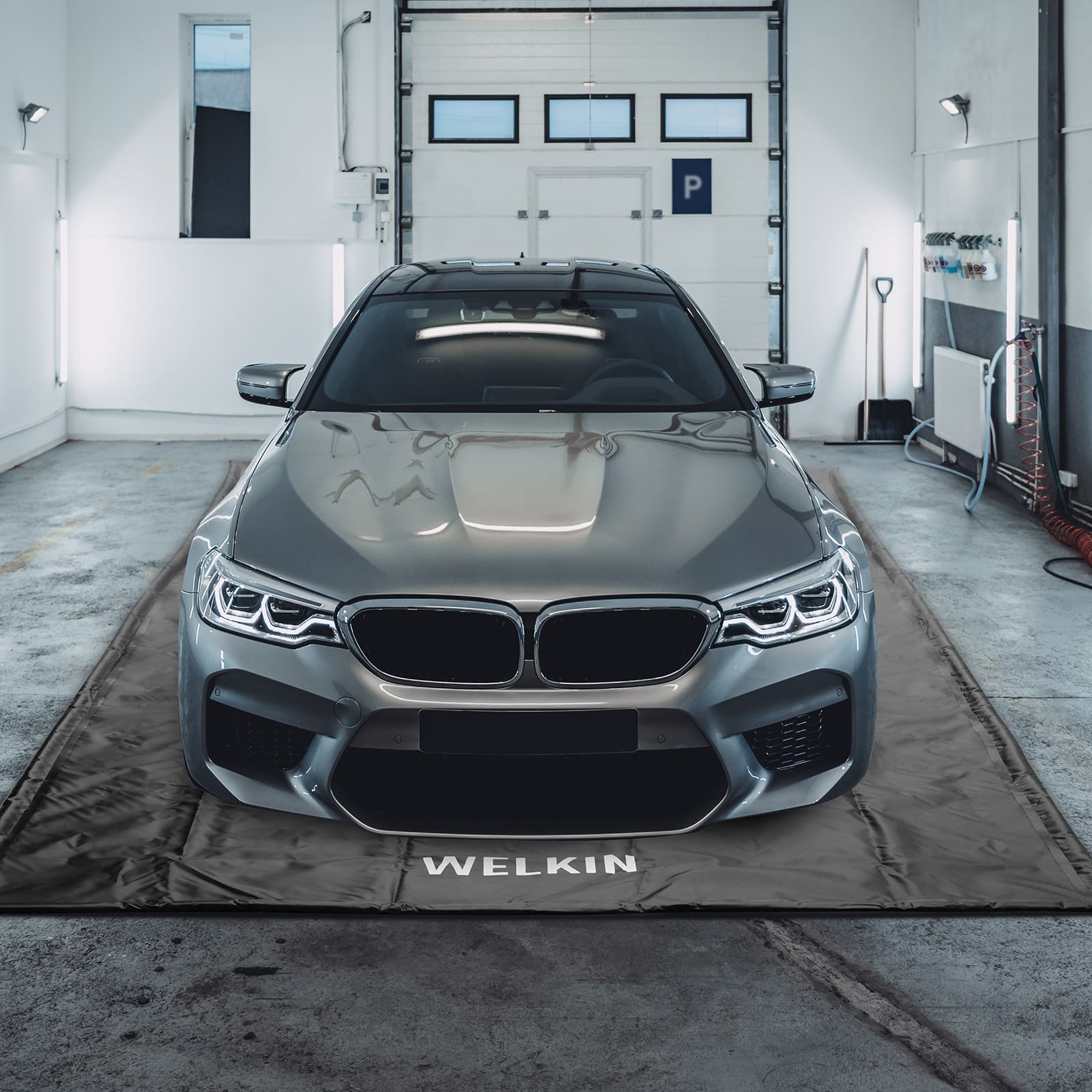
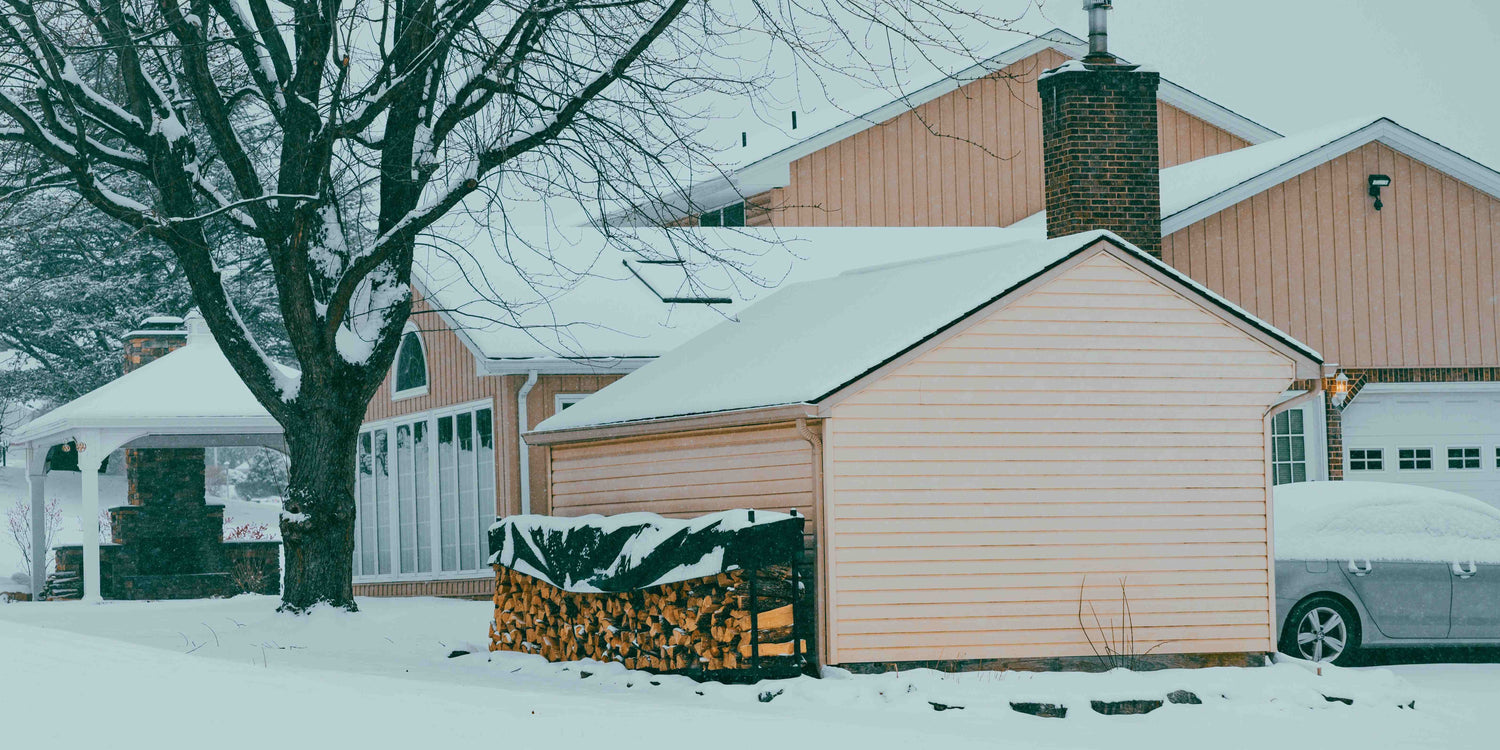
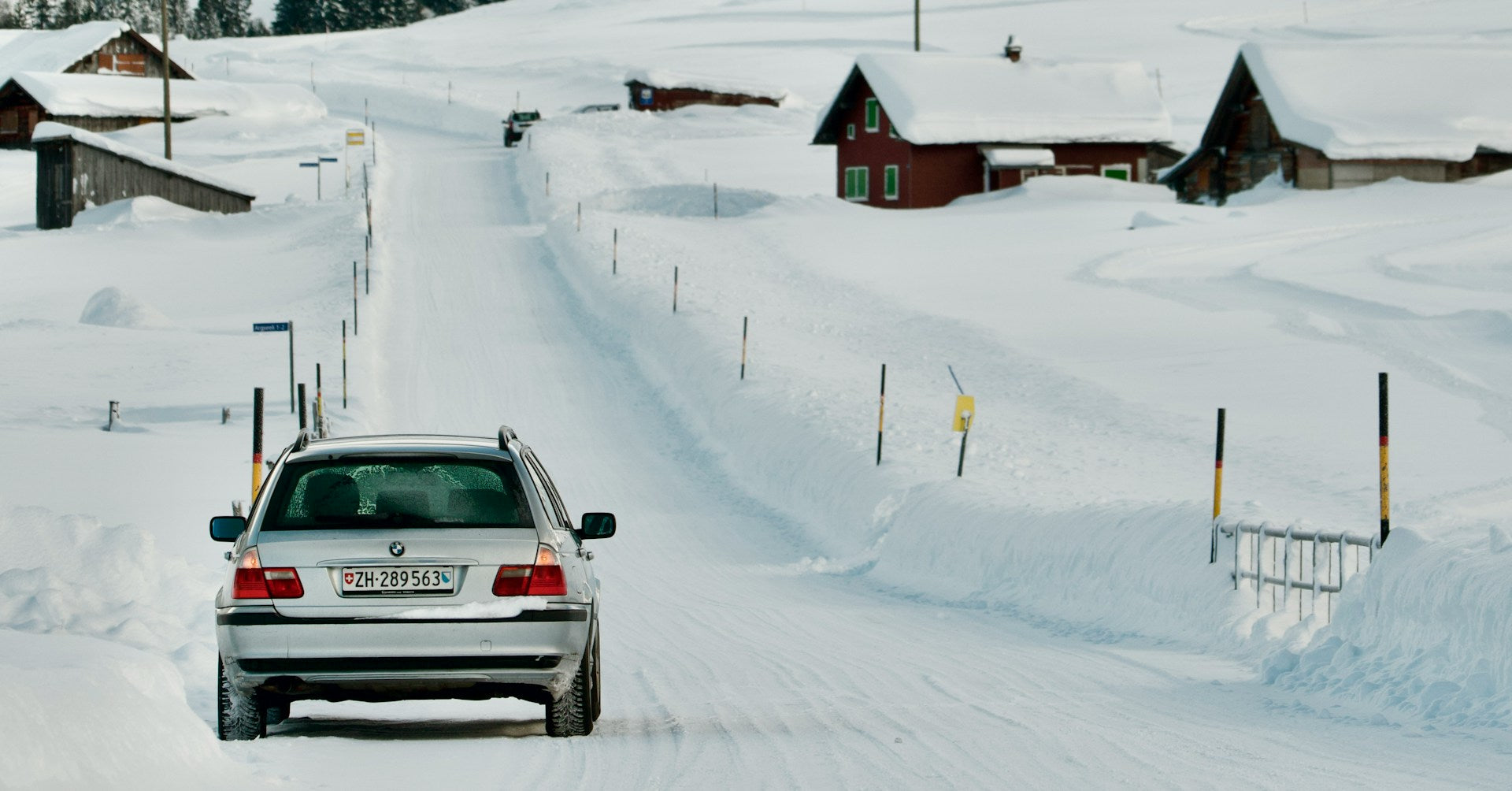
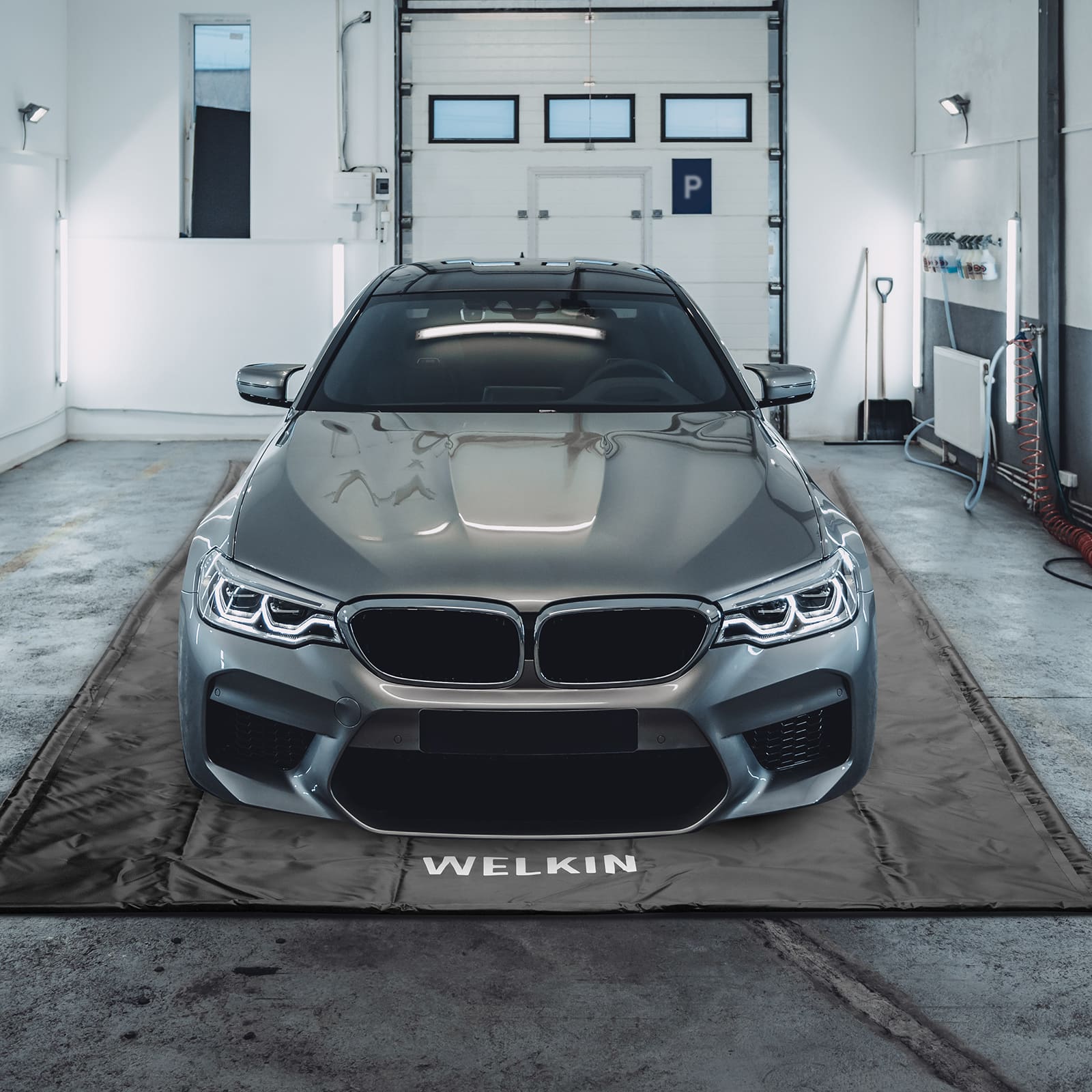
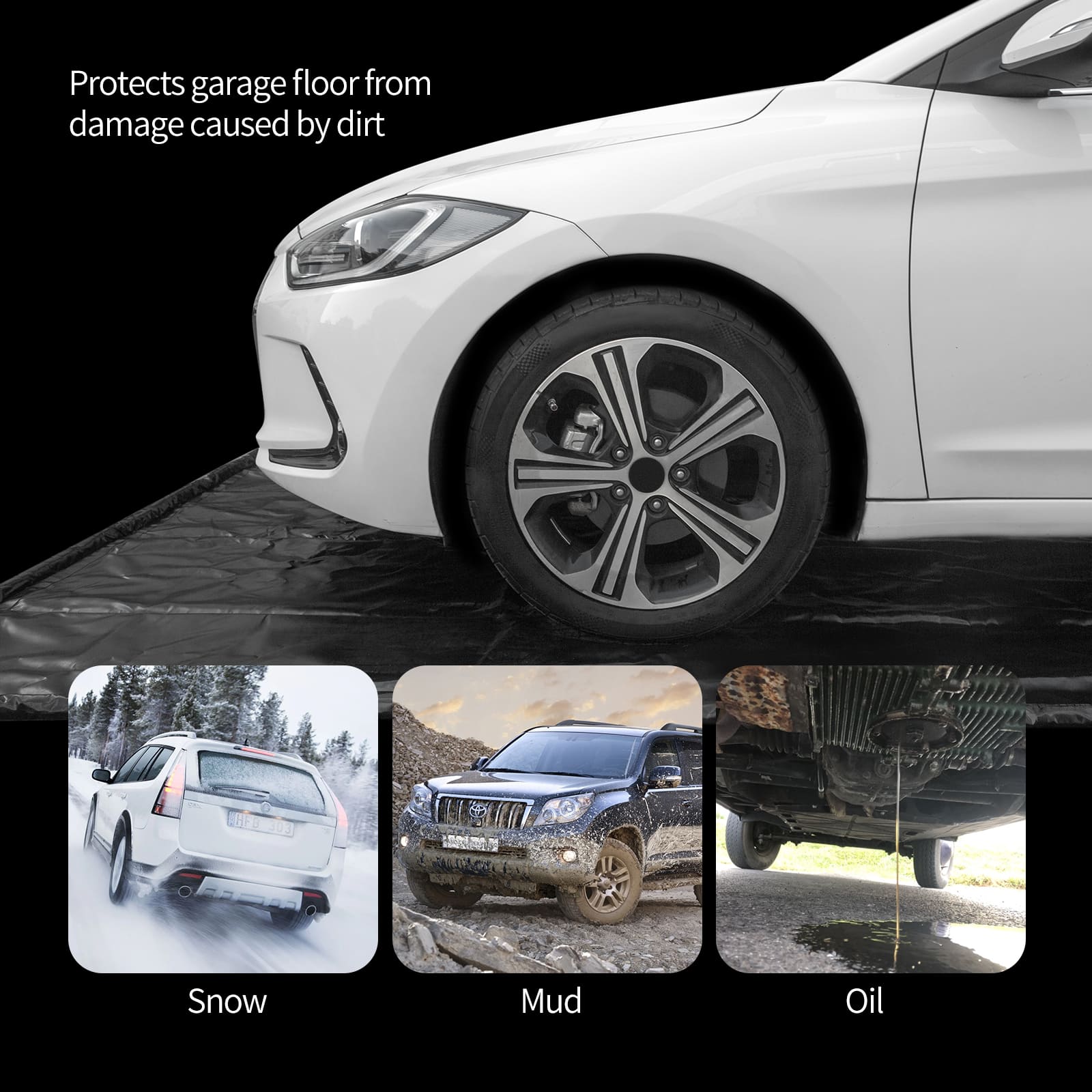

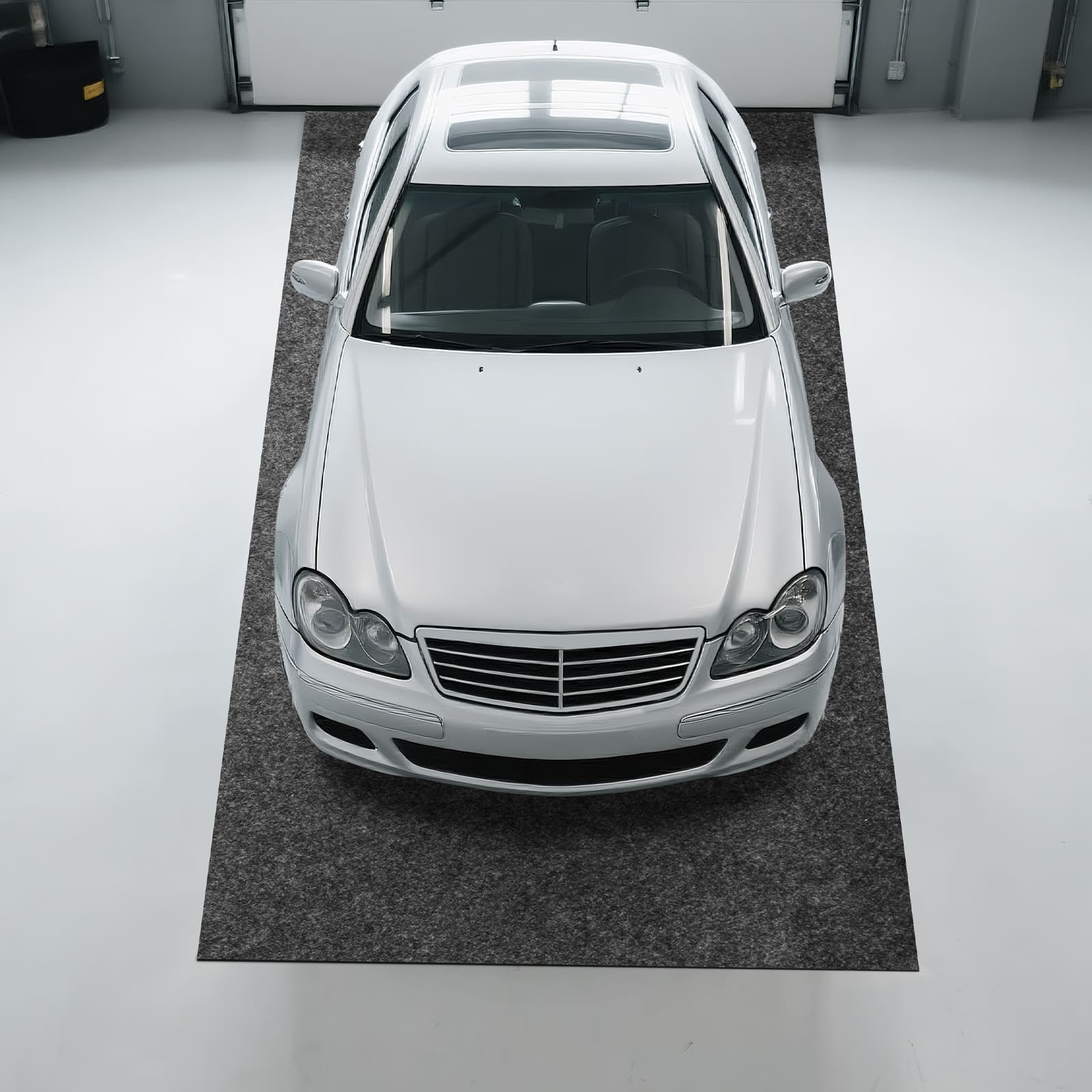
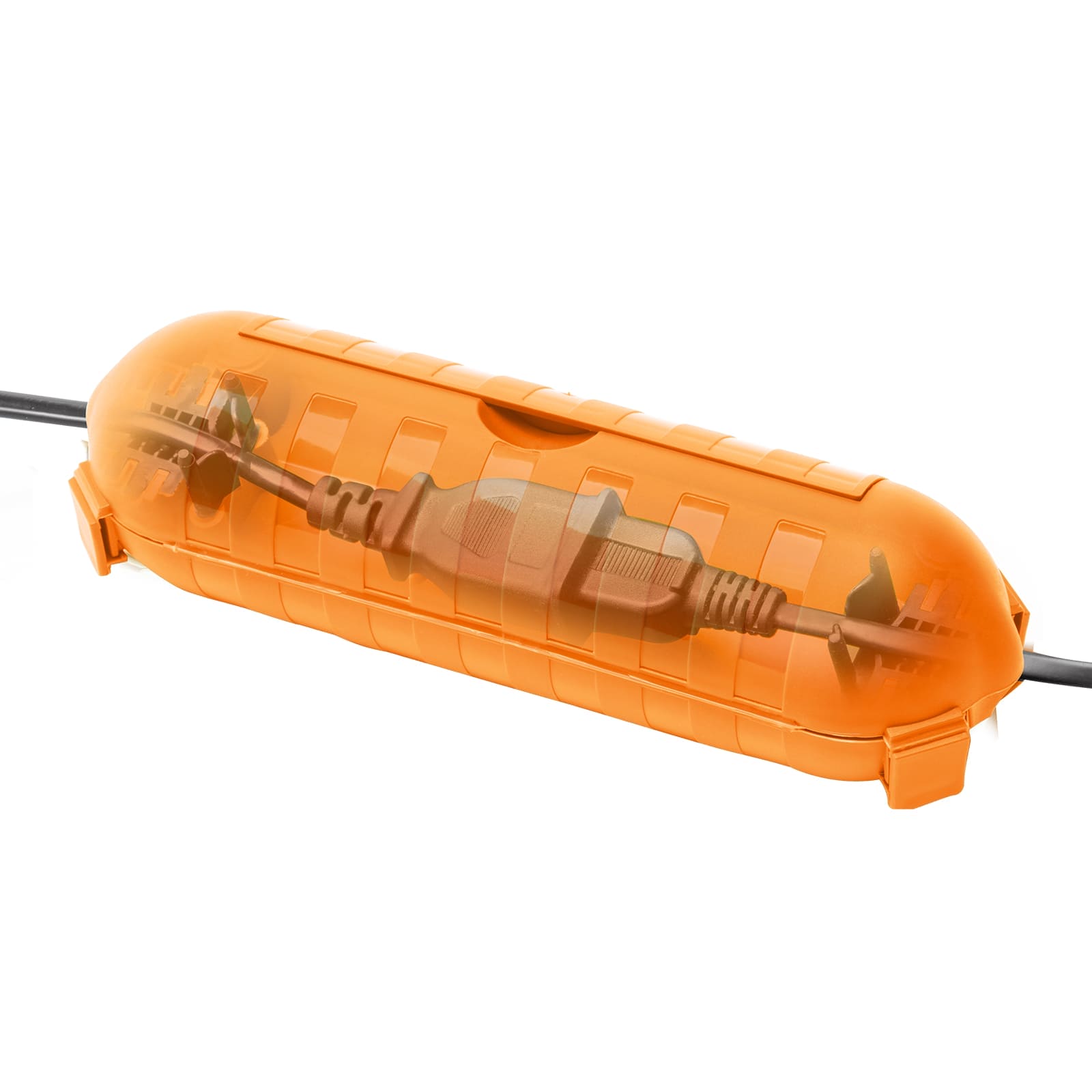
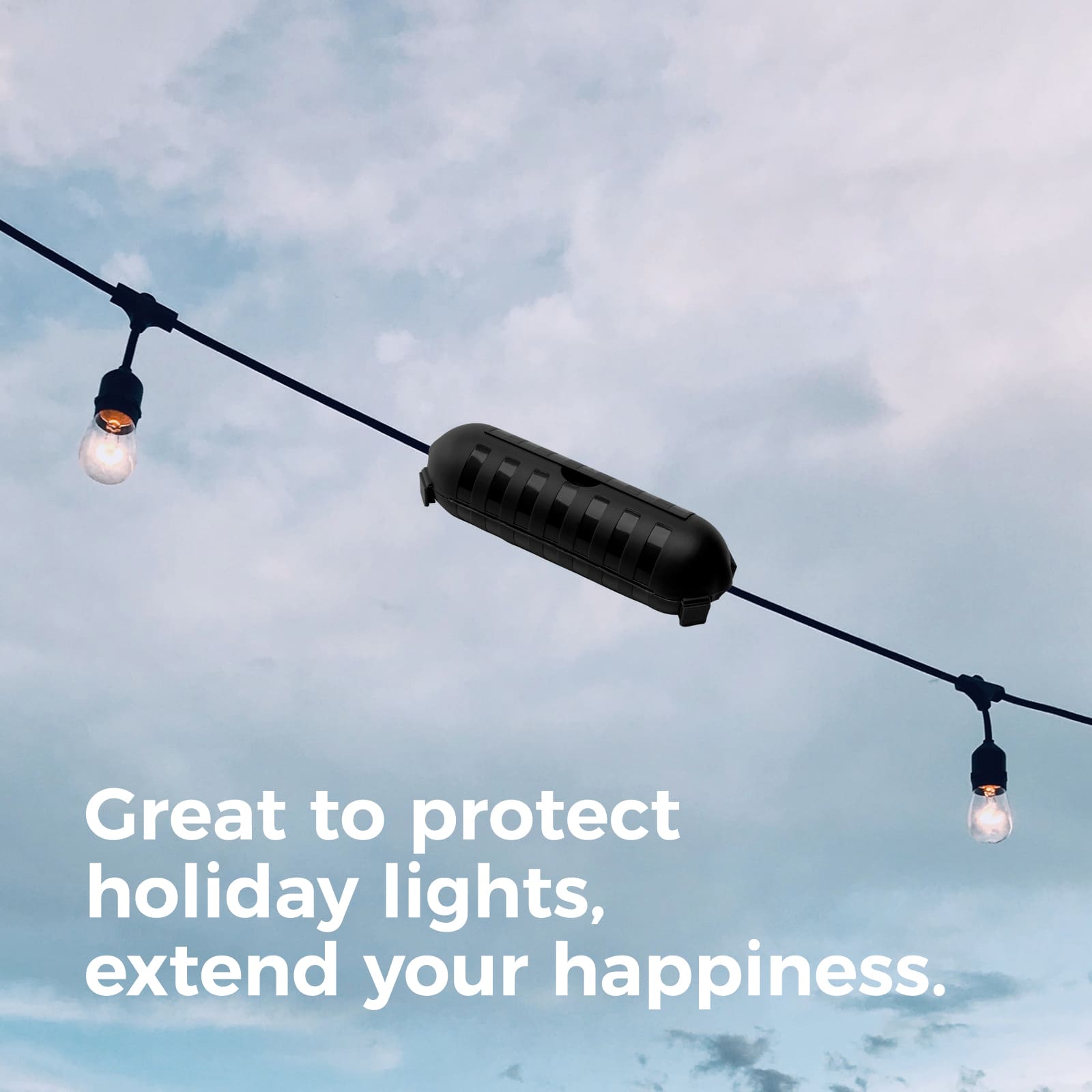
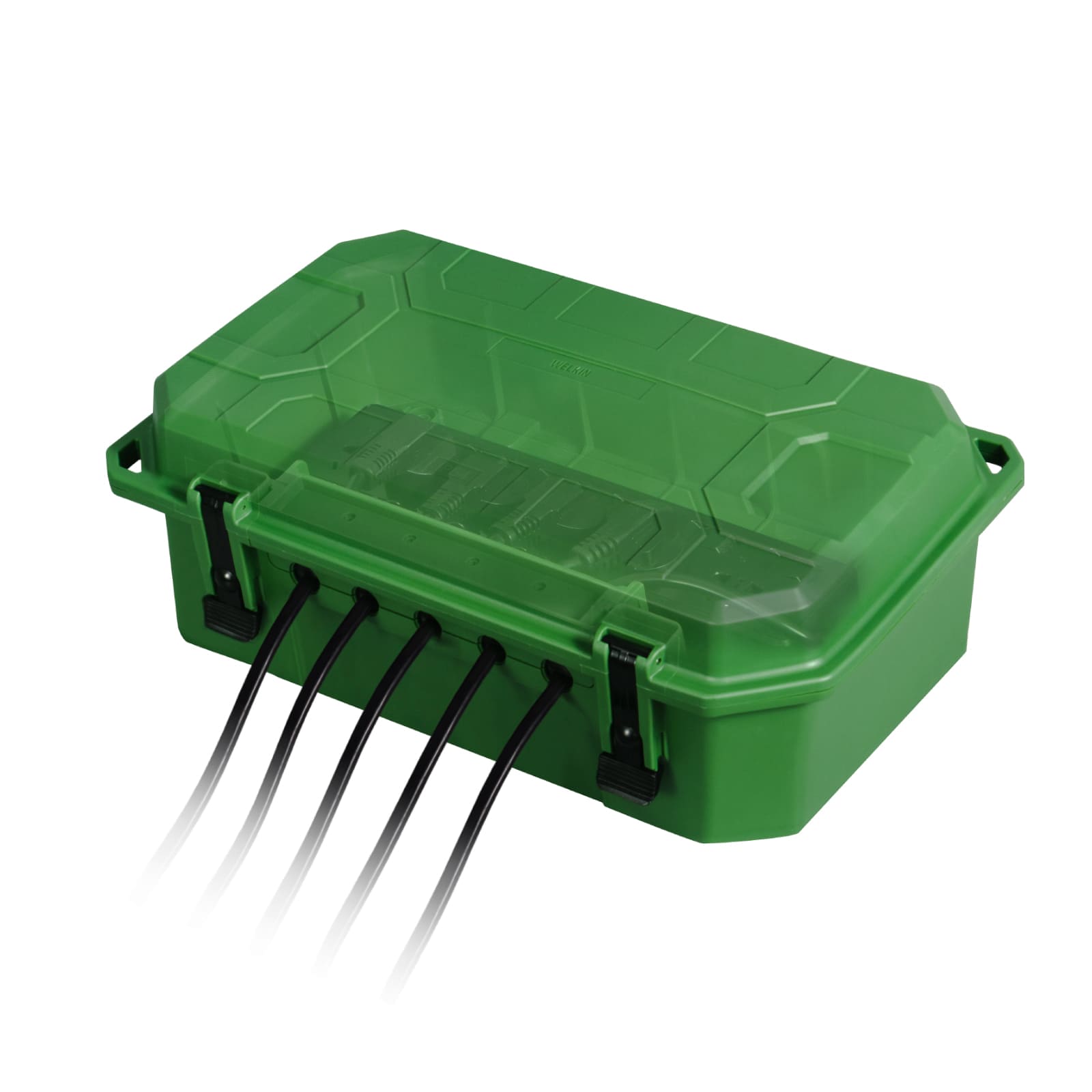
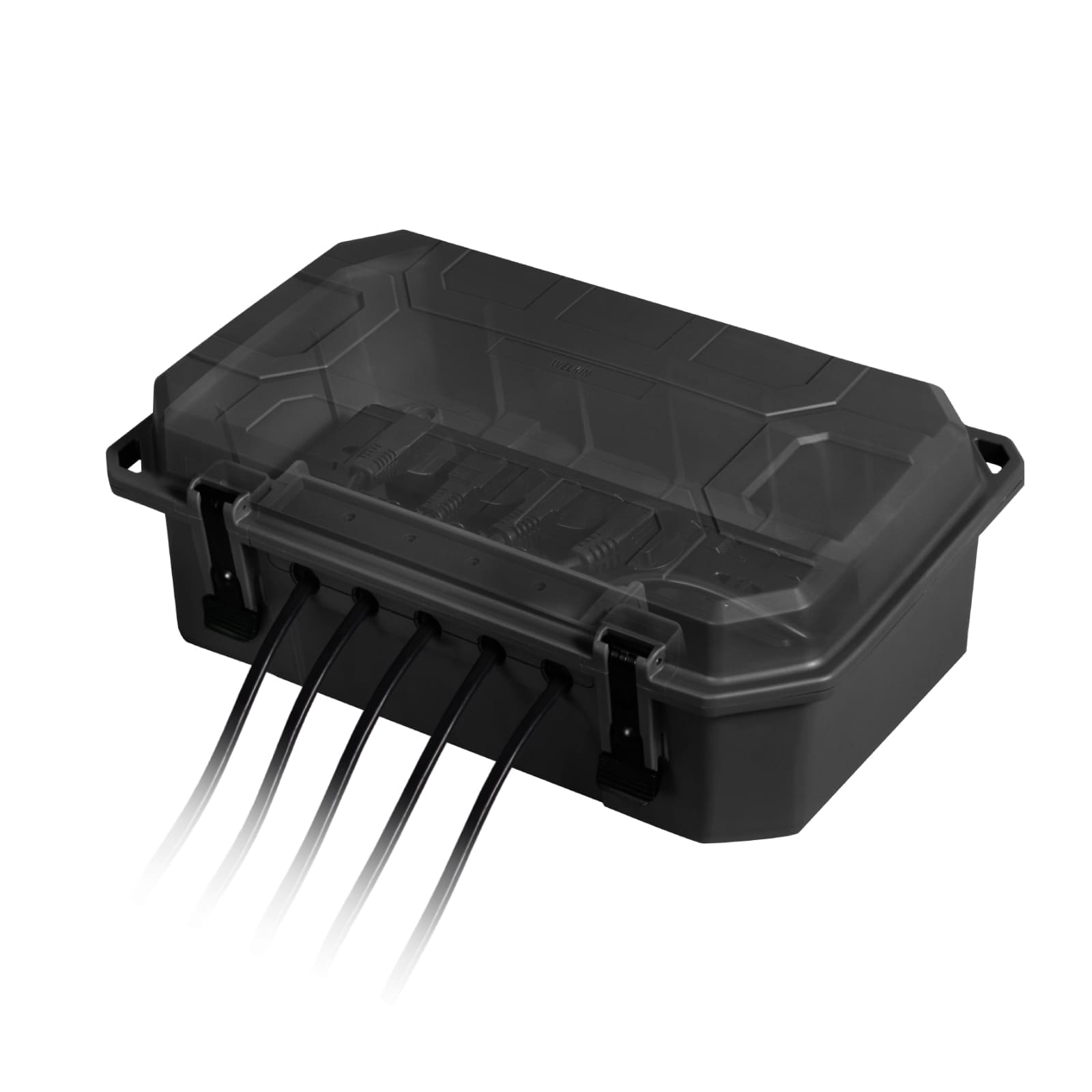
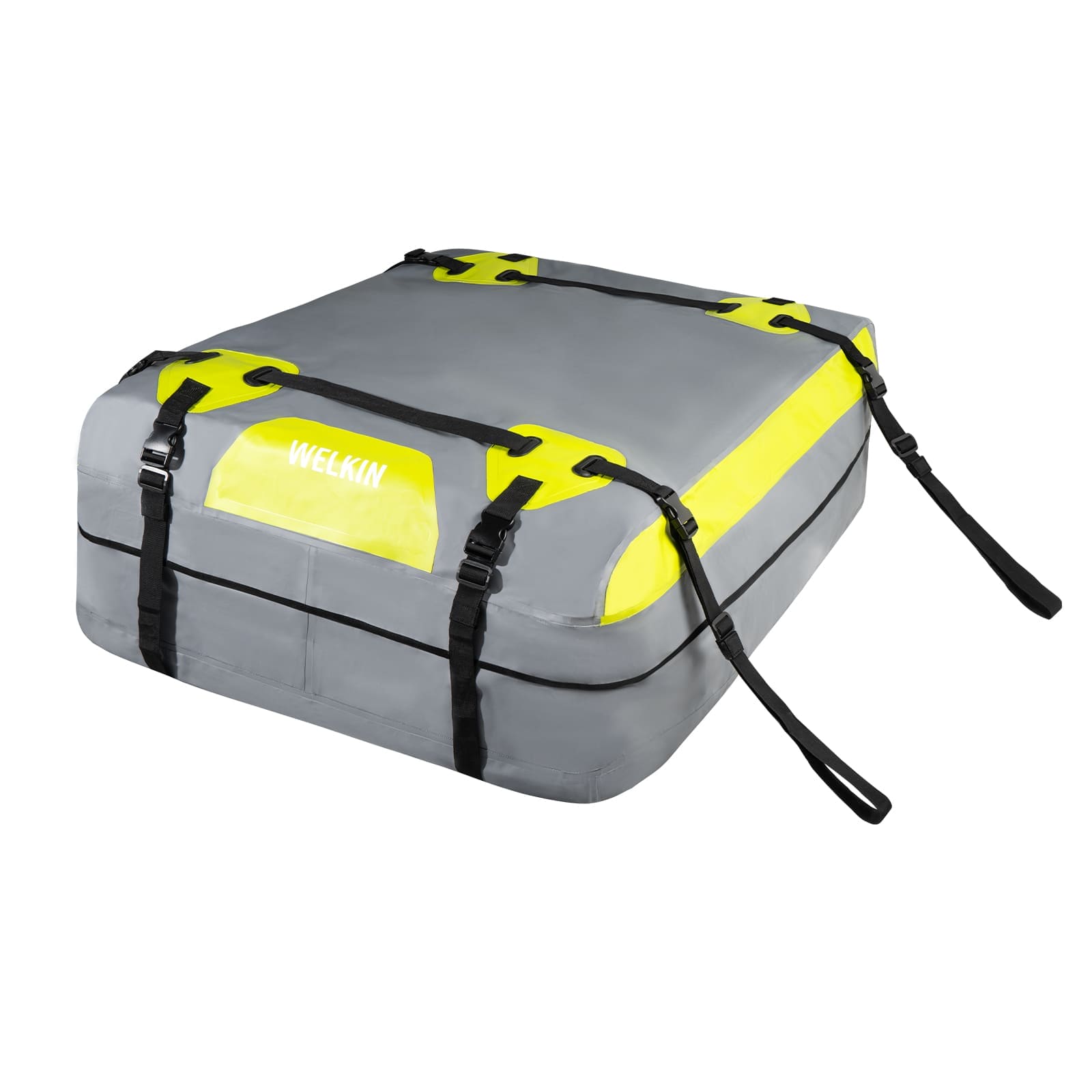
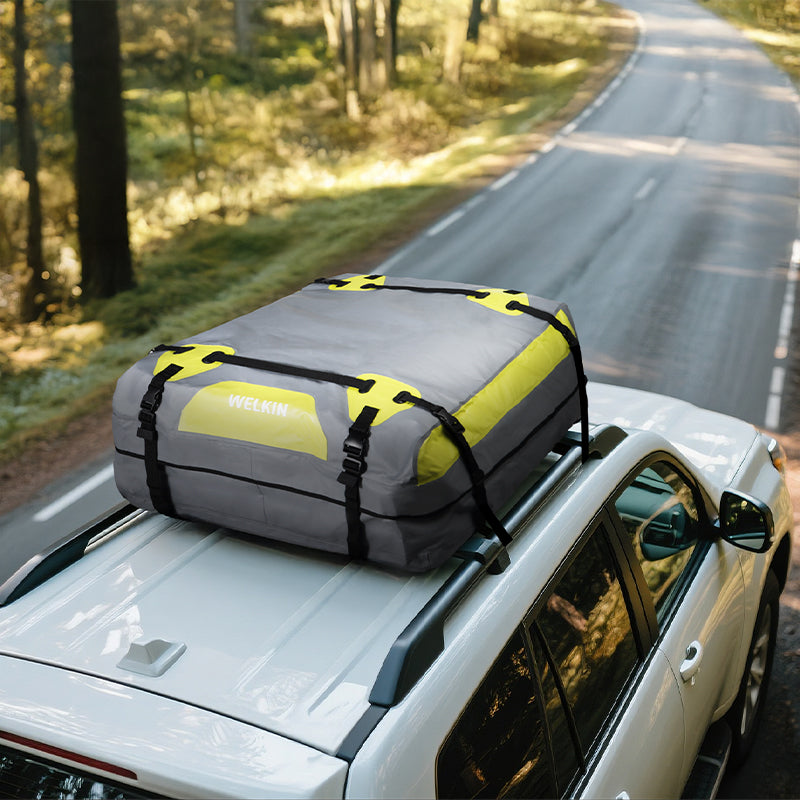
Leave a comment
All comments are moderated before being published.
This site is protected by hCaptcha and the hCaptcha Privacy Policy and Terms of Service apply.